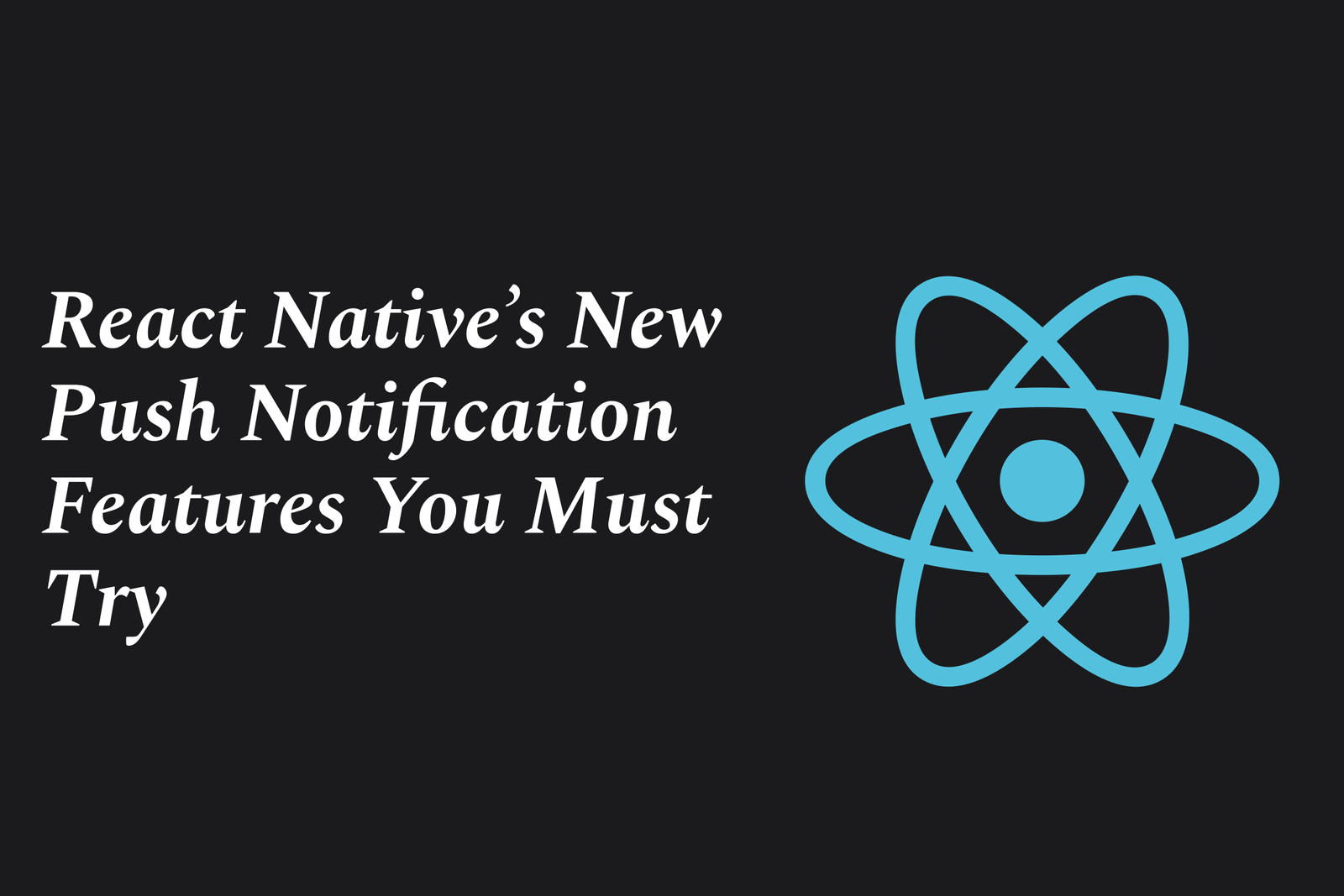How react native handles multitasking on modern devices
React Native handles multitasking on modern devices by leveraging native platform threads and an asynchronous JavaScript bridge, enabling smooth UI updates while performing background tasks. It manages resources efficiently and responds to app lifecycle changes for seamless multitasking.
How React Native Handles Multitasking on Modern Devices
1 ) React Native's Multitasking Environment
React Native operates in complex multitasking contexts on modern devices, leveraging the underlying native platforms (iOS and Android) to manage concurrent app activities efficiently. It handles multiple tasks by integrating JavaScript execution with native threads, allowing seamless UI rendering while performing background operations.
2 ) Bridging JavaScript and Native Threads
The core strength of React Native’s multitasking lies in its bridge mechanism, which facilitates asynchronous communication between JavaScript code and native platform threads. This design enables React Native apps to remain responsive during multitasking by offloading heavy operations onto separate threads without blocking the UI.
3 ) Background Task Handling
On both Android and iOS, React Native supports background processing through native modules and APIs. Developers can utilize platform specific solutions such as Android’s WorkManager or iOS’s BackgroundTasks framework, while React Native provides abstractions and community libraries to maintain multitasking capabilities within the JavaScript layer.
4 ) Resource Management and Optimization
React Native apps are optimized to handle multitasking by efficiently managing memory and CPU resources. Techniques like batching UI updates, lazy loading components, and throttling JavaScript execution contribute to preserving battery life and performance when multiple apps run simultaneously.
5 ) Lifecycle Awareness for Multitasking
React Native incorporates lifecycle methods that respond to app state changes such as foregrounding, backgrounding, or suspension. These lifecycle hooks allow React Native apps to pause or resume tasks appropriately, preserving user data and ensuring smooth transitions during multitasking scenarios.
6 ) Challenges and Improvements
While React Native provides robust multitasking support, challenges remain such as bridging latency, managing concurrent network requests, and ensuring smooth UX during intensive background operations. The framework continuously evolves with enhancements targeting better multitasking performance on ever improving mobile hardware.
Summary:
React Native effectively handles multitasking by leveraging native platform capabilities, asynchronous bridging between JavaScript and native code, and lifecycle management. Its architecture ensures efficient resource usage and responsiveness of apps, even when they perform concurrent tasks on modern mobile devices.
https://justacademy.in/news-detail/flutter-ai-sdk-vs-traditional-ml-kits
https://justacademy.in/news-detail/flutter-india-summit-2025:-key-takeaways
https://justacademy.in/news-detail/react-native?s-push-notification-upgrades-change-the-game
https://justacademy.in/news-detail/android-system-backup-and-restore-improvements
https://justacademy.in/news-detail/how-react-native-is-simplifying-mobile-app-maintenance
Related Posts
Java supports GDPR and data privacy by enabling secure data handling through encryption, controlled access, and precise data management. It allows developers to minimize PII exposure, ensure data confidentiality, and design workflows that comply with data protection regulations effectively.
Java code quality tools have evolved to include advanced static analysis, integrated security checks, and AI-powered code reviews. These updates help developers detect bugs, enforce coding standards, and enhance security, streamlining the development process and improving overall code reliability.
Java remains a cornerstone in big tech companies, evolving with modern features like records, pattern matching, and virtual threads. Its robust ecosystem, enhanced performance, and growing AI integrations keep it vital for both legacy systems and innovative new projects.
Java and CI/CD pipeline optimizations streamline Java application development by automating builds, tests, and deployments. They improve efficiency through parallelization, caching, and secure secrets management, enabling faster feedback loops and more reliable, scalable software delivery.
Java supports modern cryptography standards through its flexible Java Cryptography Architecture (JCA), enabling integration of advanced algorithms like AES, EdDSA, and post-quantum tools. Libraries like Bouncy Castle offer FIPS-certified, hardware-accelerated implementations for secure development.
Java 23 enhances record patterns by enabling concise, direct destructuring of record components within pattern matching, simplifying type checks and data extraction. This improvement boosts code readability and expressiveness by reducing boilerplate in handling immutable data classes.
Java remains a top choice for mobile app backends, powering scalable, secure, and high-performance server-side solutions. Latest trends include cloud-native microservices, reactive programming, and enhanced JVM optimizations, enabling efficient, flexible, and robust mobile backend development.
Java SE 24 and LTS Java SE 21 offer enhanced features and performance, while Apache Spark 4.0.0 introduces Scala 2.13 support and advanced ML and SQL capabilities. Together, they empower developers to build scalable, high-performance data applications with modern tools.
JUnit 5 modernizes Java testing with a modular architecture, improved assertions, and seamless Java 8+ support. Beyond JUnit, tools like Mockito and AssertJ enhance mocking and assertions, creating a powerful, flexible ecosystem for writing clean, efficient Java unit tests.
Java plays a pivotal role in cloud automation tools by providing a robust, platform-independent language used to build scalable automation frameworks like Jenkins and Selenium, enabling efficient CI/CD pipelines, testing, and orchestration across diverse cloud environments.










